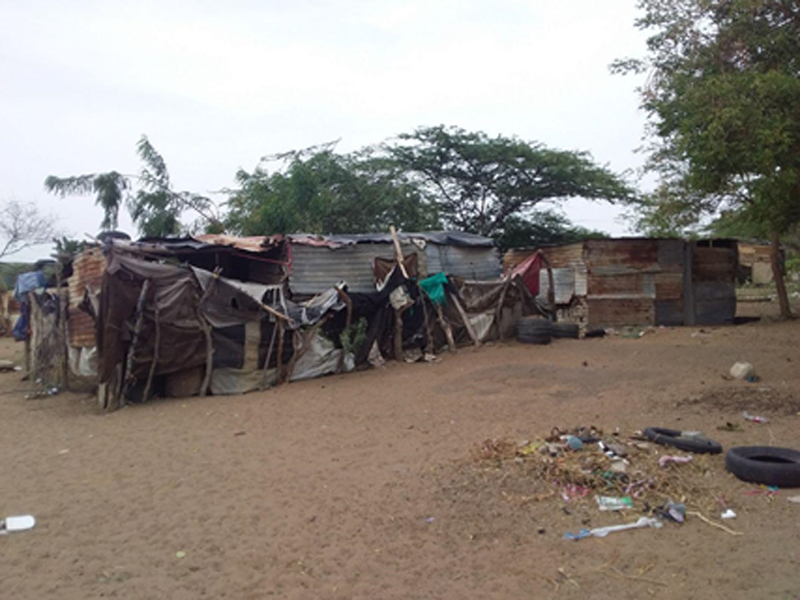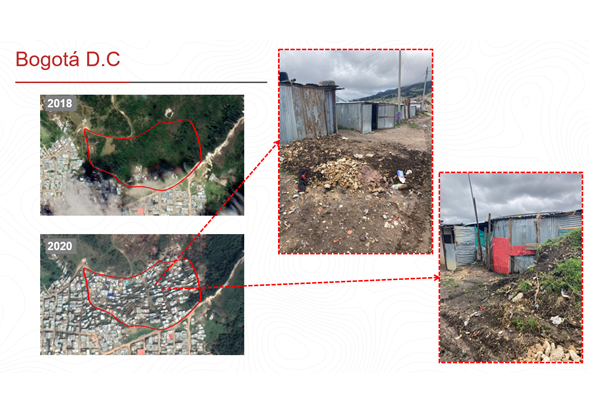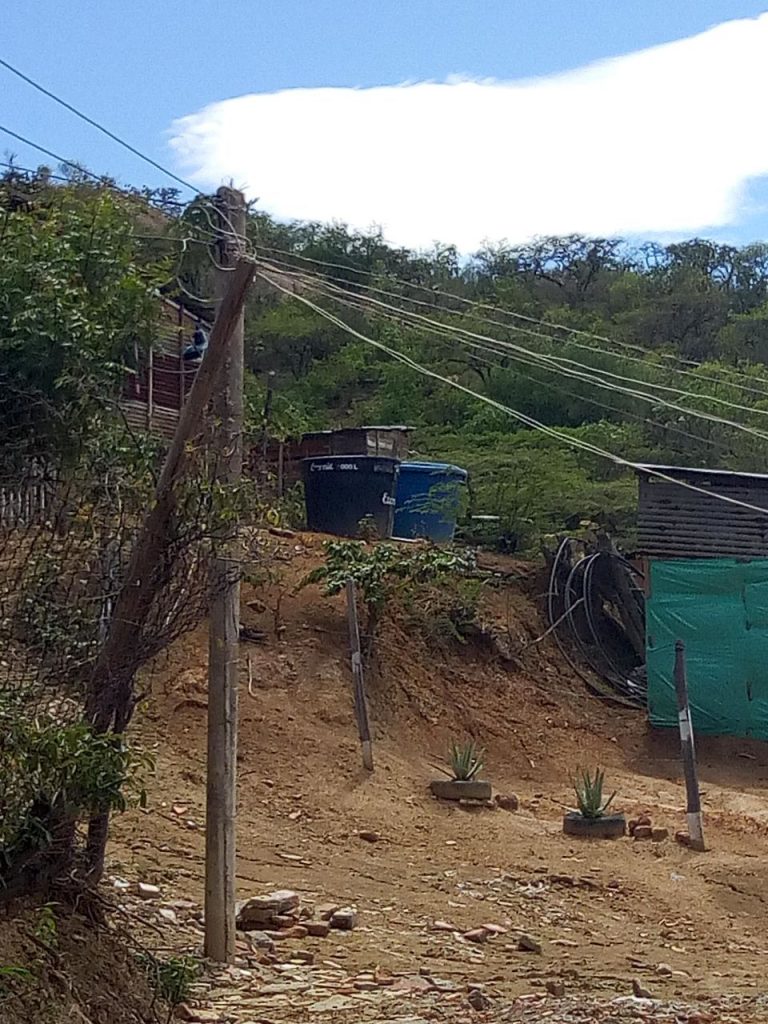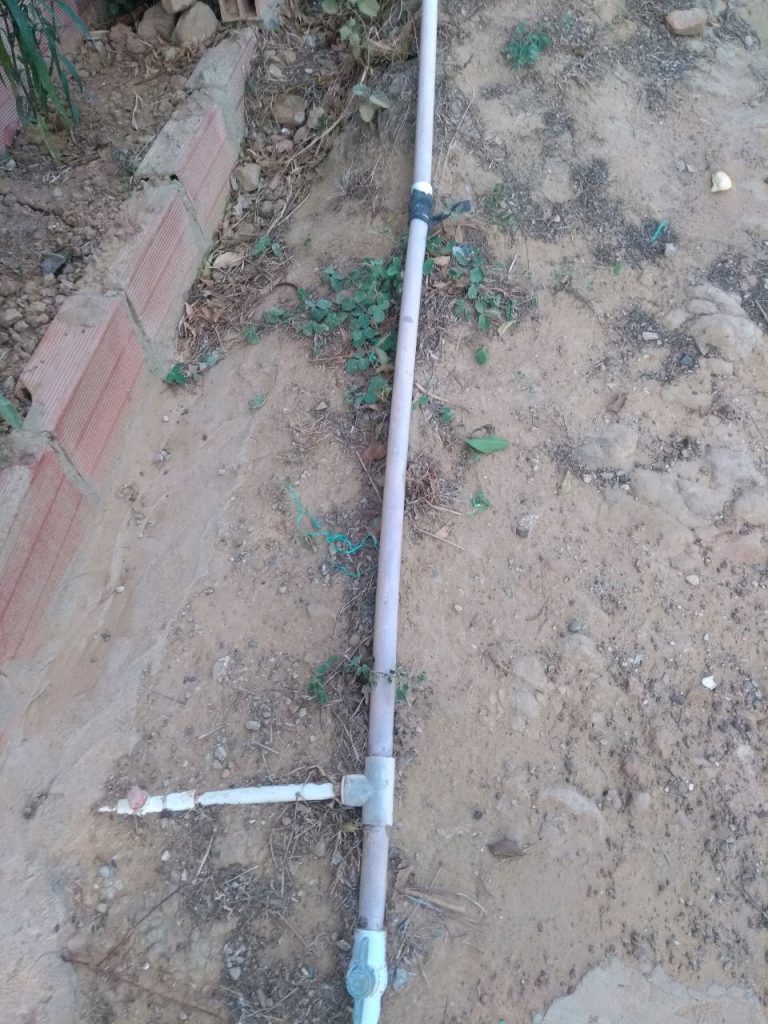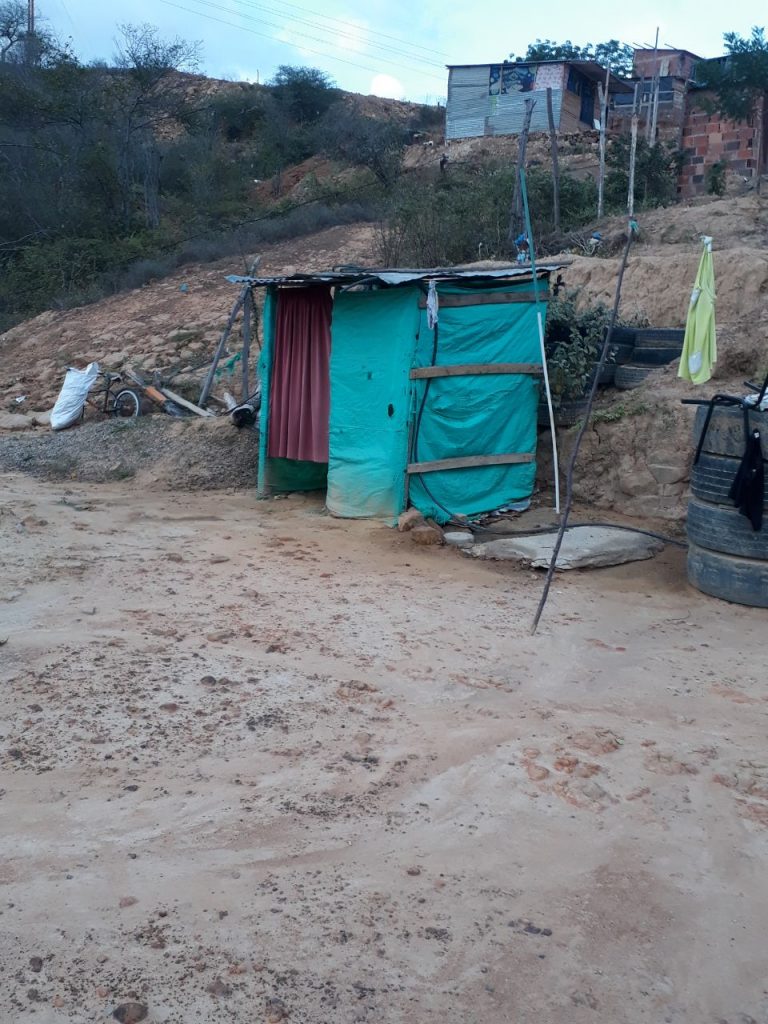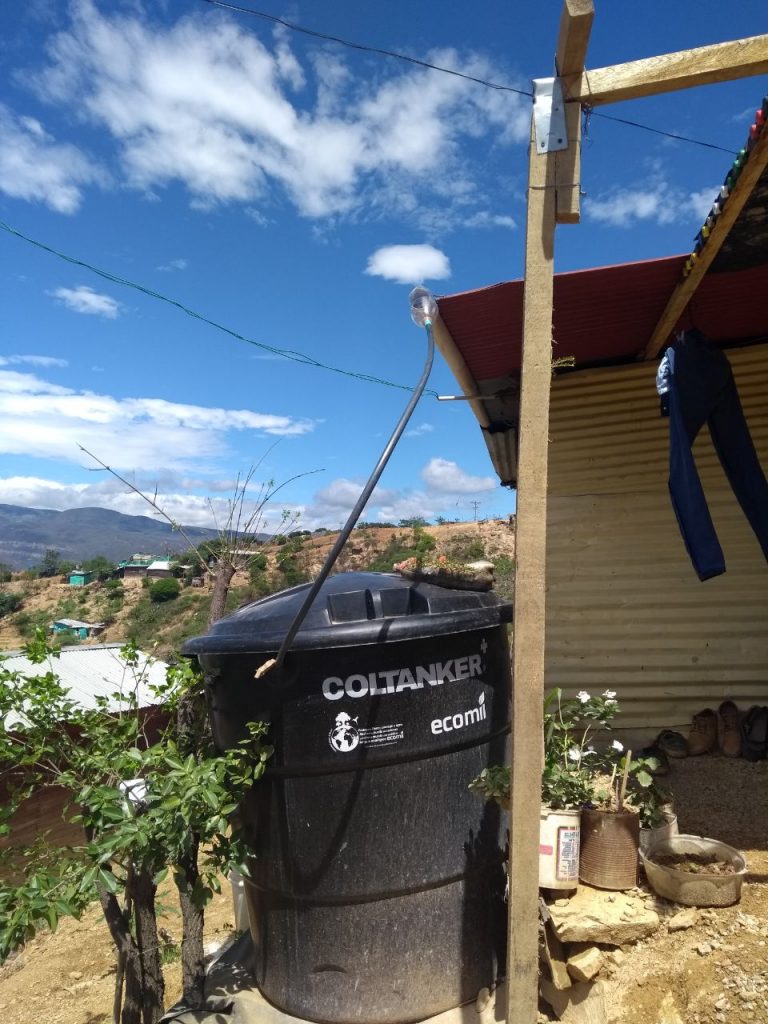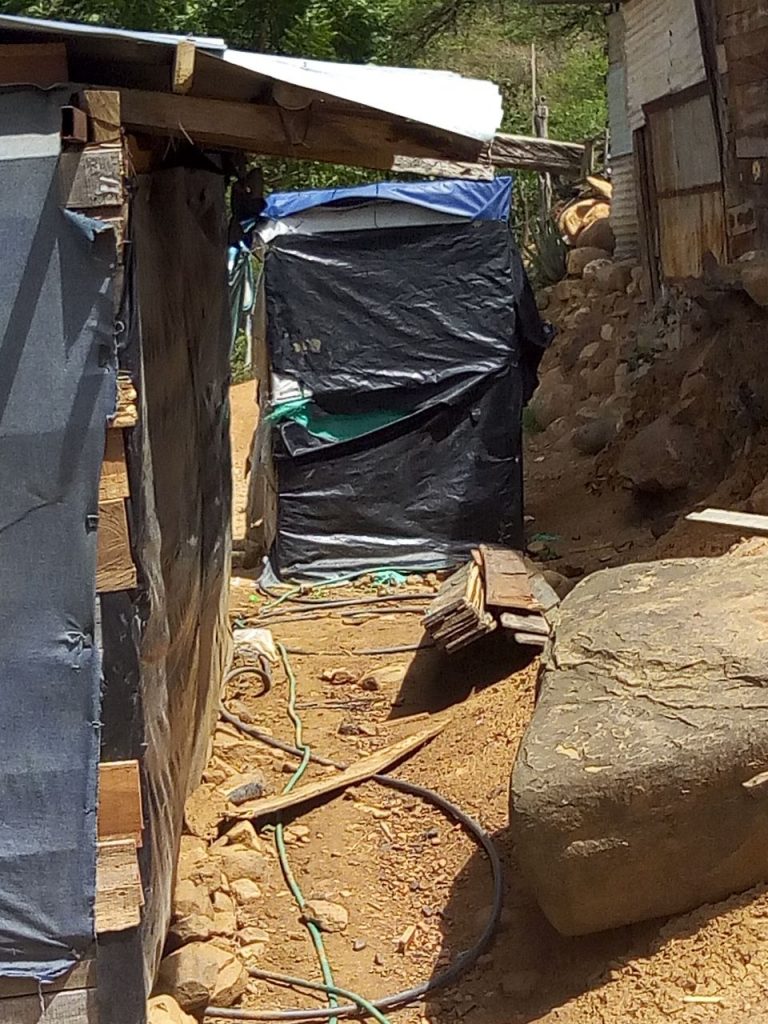45.4% of the settlements do not have plumbing, meaning they do not have the means of receiving water to have a guaranteed supply for their inhabitants. Also, all settlements in Norte de Santander have reported lacking drainage and sewage systems.
With regard to the Health Sector findings, 63.7% of the settlements have reported being situated more than 30 minutes by car from the nearest health center. In the context of Food Security and Nutrition Sector findings, the number of supermarkets, shops, and places for provisions are scarce.
Open source:
The coding scheme employed to detect settlements is from open sources, allowing it to be implemented every three to six months. For this reason, iMMAP will repeat this exercise in other zones of the country, wherein all likelihood new settlements will be found. iMMAP is currently planning to continue with the municipalities of Nariño, Cauca, Putumayo, and Caquetá while conducting a remote validation of the remaining 30 municipalities.
Furthermore, high-resolution images are being employed to ascertain an approximate number of dwellings per settlement, taken from a roof count. This will provide an indication of the various types of dwellings within the settlement and if they are being used. With this approximation of dwellings it is possible to estimate the population located within these areas, whilst factoring in other sources of information, such as the population of the GEIH (Great Integrated Household Poll in English) migration model, 2018 National Population and Household Census and data assessment of surveys carried out by different international organizations in the same municipalities.
To date, the results from this activity have been shared with local governments, agencies, and organizations such as IMO, UNHCR, Save the Children, the Colombian Red Cross, Mayor of Cúcuta, Action Against Hunger, ICRC, NRC, Mercy Corps, Doctors Without Borders. In the coming weeks both the detection and profile results will be shared with the wider humanitarian community and local government bodies to improve the coordination of response activities supporting the Venezuelan migrant and refugee population.
If you or your organization is interested in acquiring more information on the detection of new settlements please contact: contacto@immap.org


